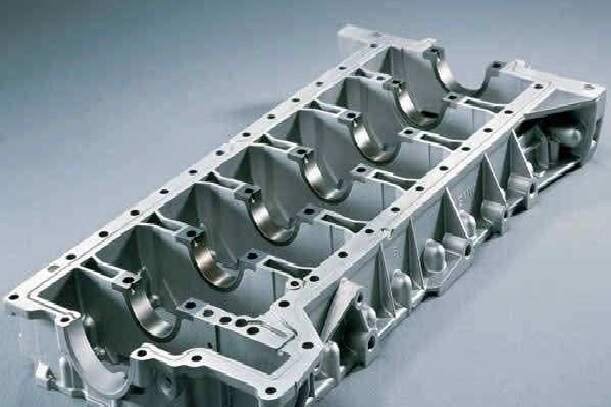Q. With reference to the T/C state- a) Why turbine blades are loosely attach to the rotor? b) How axial movement of the turbine blade is prevented? c) How blade vibration is dampened over a wide range of speed? d) What is the purpose of sealing air?
Ans: a) The root is usually a slack fit to allow for differential expansion of the rotor and blade and to assist damping vibration. Blade roots are of fir tree shape which gives positive fixing and minimum stress concentration at the conjunction of root and blade.
b) Axial movement of the turbine is prevented by fixing the locking strip.
– In case of ball & roller bearing turbocharger axial thrust is balanced by lamina damping spring assemblies in bearing housing.
– In case of sleeve type bearing turbocharger axial thrust is balanced by sealing air which is fed to the chamber behind the turbine disc from compressor outlet at sufficient r.p.m. of rotor.
– But at start up, shut down & very low speed axial thrust is taken by thrust bearing. c)
d) Blade vibration is dampened over a wide range of speed by binding the blade with a lacing wire. The wire passes through holes in the blades and damps the vibration due to friction between the wire and blade. It is not f ixed to each individual blade.
e) Purpose of sealing air:
• Seal the labyrinth gland to protect L.O. contamination by exhaust gas at turbine side.
• Seal the labyrinth gland to protect L.O. & air mixture at blower side.
• Cool the rotor shaft & turbine disc.
• Oppose the axial thrust towards compressor.




[…] Must read :- Turbocharging and scavenging […]